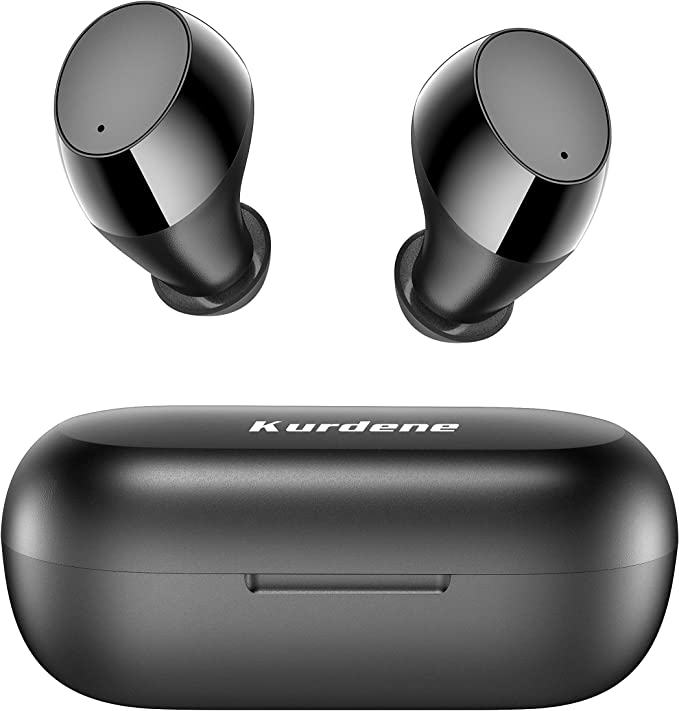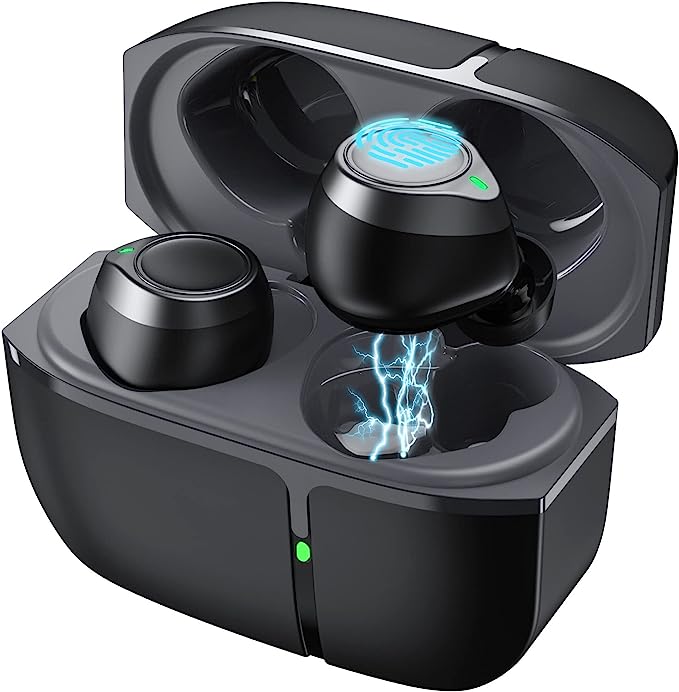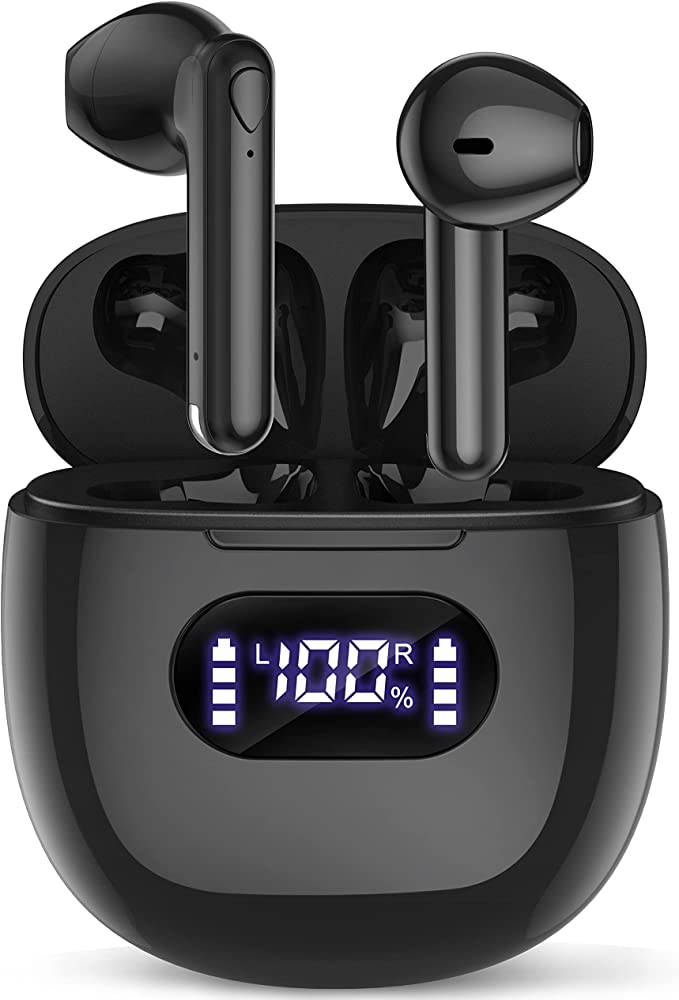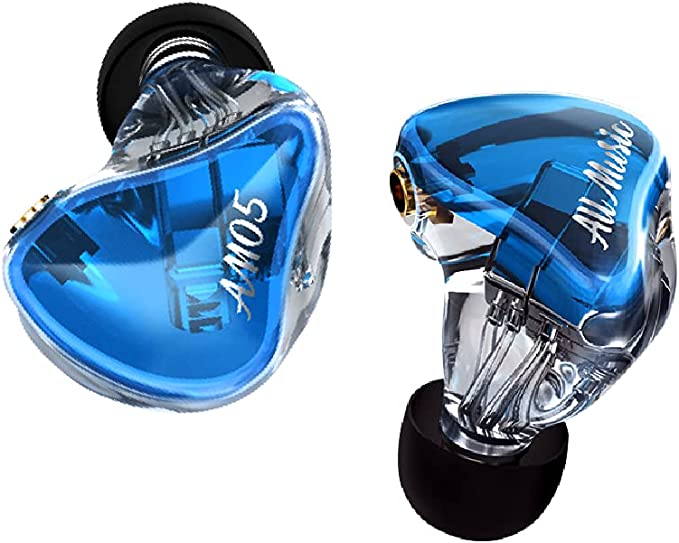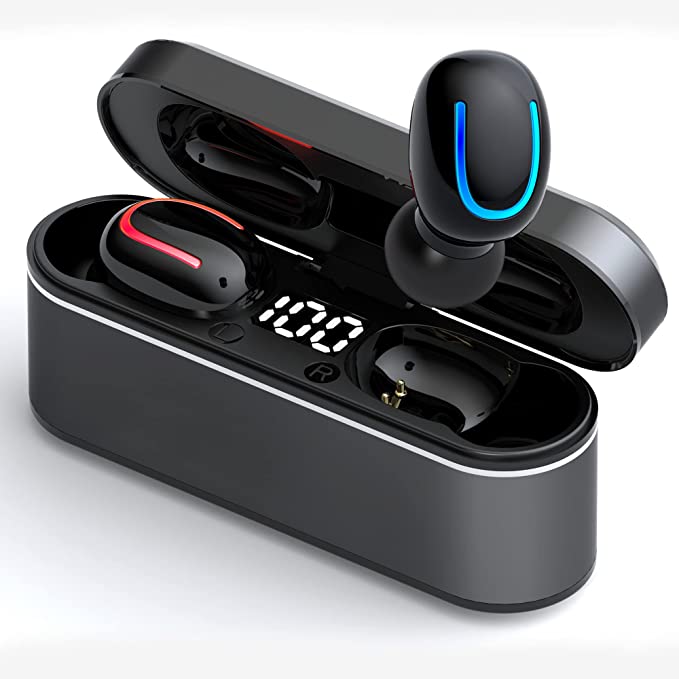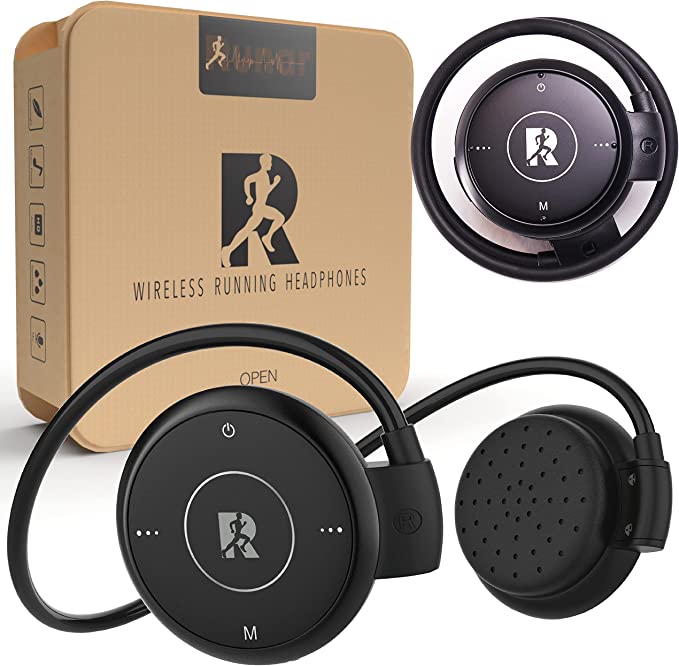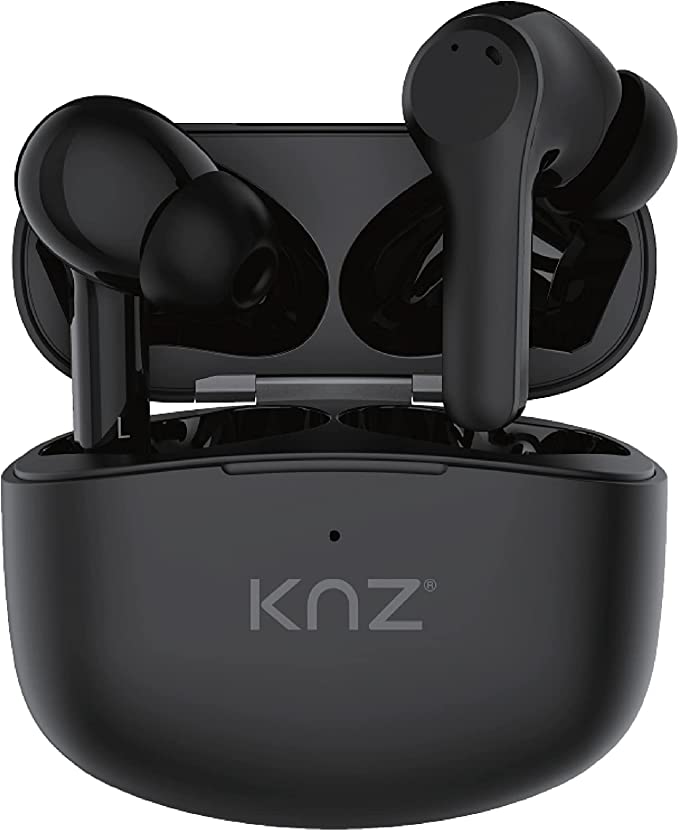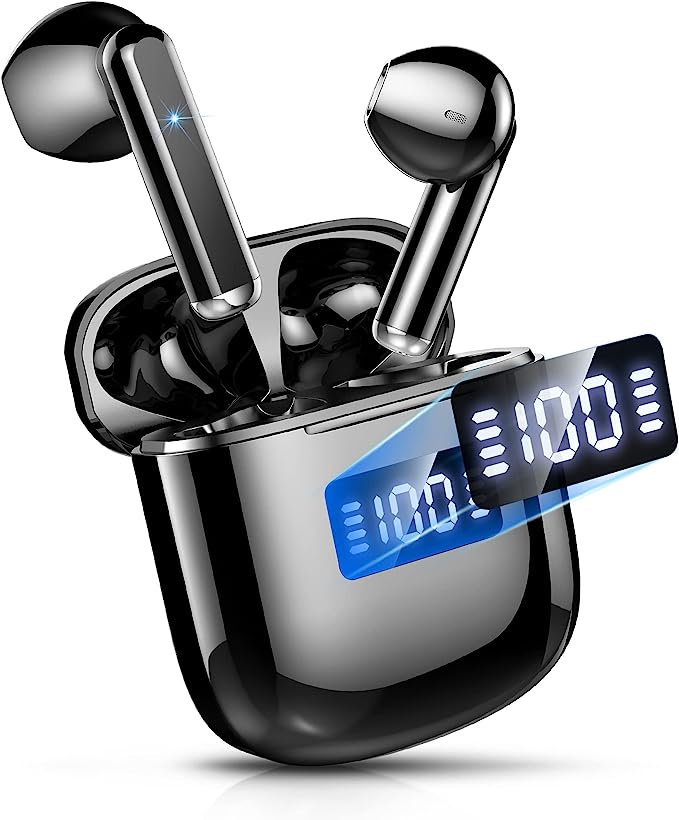How Do Headphone Amps Work? A Deep Dive Into the Fender Mustang Micro
Update on Oct. 30, 2025, 1:07 p.m.
It’s 11 PM. You pick up your electric guitar, the house is silent, and your amplifier is off. You have an idea—a riff, a melody—but you can’t wake the family.
In the past, your options were grim. You could play unplugged, hearing only the thin plink of the strings, or use the fuzzy, unsatisfying headphone jack on a practice amp.
Today, you plug a tiny device, barely larger than a matchbox, into your guitar. You connect your headphones, and suddenly, you’re hearing a fully realized ‘65 Twin Reverb, dripping with spring reverb. With a few clicks, it becomes a high-gain Marshall stack.
This is the world of the modern headphone amplifier, and devices like the Fender Mustang Micro have become wildly popular. But how do they do it? How do they pack a roomful of vintage amps and effects into a plastic case that fits in your pocket?
It’s not magic. It’s a brilliant, four-step technological process. We’re going to pull back the curtain, using the Mustang Micro as our guide, to understand the core of all modern digital guitar technology.
Part 1: The Problem—and the Digital Solution
The core challenge for any guitarist is that the “tone” we love is a complex, physical event. It’s not just the guitar; it’s the guitar pushing a tube amplifier into saturation, which drives a speaker, which moves air in a room.
A headphone amp’s job is to replicate this entire chain—amp, cabinet, and room—inside a tiny box.

To do this, it has to be a complete, self-contained audio computer. When you plug the Mustang Micro into your guitar, you are initiating a 4-step journey that turns your raw signal into a finished studio track, all in less than a millisecond.
Let’s follow the signal.
Part 2: The 4-Step Journey Inside the “Micro”
Your guitar’s pickups create a weak, analog electrical signal—a smooth, continuous wave. The Mustang Micro’s job is to capture this wave, transform it, and send it to your headphones.
Step 1: The Translator (The ADC)
The first thing your signal meets is the Analog-to-Digital Converter (ADC).
Think of the ADC as a high-speed photographer. Its job is to take thousands of “snapshots” of your analog sound wave every second. A CD-quality recording, for example, takes 44,100 snapshots per second (a 44.1kHz sampling rate).
This process, called sampling, converts your smooth, analog wave into a series of digital numbers. Your guitar’s rich, organic signal is now a long stream of ones and zeroes. It’s no longer a “sound”; it’s data. This is the language the amp’s “brain” understands.
Step 2: The Brain (The DSP)
This stream of data is fed into the device’s “brain”: the Digital Signal Processor (DSP).
A DSP is a special-purpose microchip built to do one thing: perform incredibly complex math, incredibly fast. This technology has roots in military radar and telecommunications, but today, a powerful DSP is small and cheap enough to live inside a $100 headphone amp.
The DSP is the “amp.” When you click the “AMP” button on the side of the Mustang Micro and see the LED change color, you aren’t switching between 12 different physical circuits. You are telling the DSP to run a different algorithm, or mathematical recipe.
But this begs the question: how does the DSP know what a ‘57 Tweed Deluxe sounds like? It needs a reference. This brings us to the “secret sauce.”
Step 3: The Secret Sauce (Modeling & “Snapshots”)
This is the most “magic” part of the process: Amp Modeling.
Engineers don’t just guess what an old amp sounds like. They profile it. They take a real, vintage ‘65 Deluxe Reverb, put it in a professional studio, and mic it up perfectly. Then, they capture its sonic “fingerprint.”
This “fingerprint” is a complex data file called an Impulse Response (IR). An IR is a static, hyper-detailed snapshot of that entire signal chain—the amp’s EQ curve, the speaker’s unique tone, the microphone’s position, and even the sound of the room.
The DSP in the Mustang Micro takes your raw, digital guitar signal (from Step 1) and mathematically combines it with the Impulse Response “fingerprint” (from Step 3).
The result? Your clean, boring signal is instantly transformed, taking on the exact tonal character of that mic’d-up vintage amp. The “EFFECTS” button on the Micro does the same thing, applying algorithms for reverb (a “fingerprint” of a spring tank) or delay (a mathematical copy-and-paste).

Step 4: The Journey Back (The DAC)
Our work isn’t done. Your tone is now perfect… but it’s still just a stream of numbers inside the DSP. Your headphones can’t understand numbers; they need a good old-fashioned analog wave.
So, the signal takes its final trip, passing through a Digital-to-Analog Converter (DAC).
The DAC’s job is the exact opposite of the ADC’s. It takes the finished stream of numbers from the DSP and “connects the dots,” perfectly reconstructing a smooth, new analog signal. This new signal is what travels down your headphone cable, moves the tiny speakers, and creates the sound you hear.
This entire four-step journey—from analog wave to digital data, through the DSP’s “tone kitchen,” and back to an analog wave—happens in a few thousandths of a second, so fast that your brain perceives it as instant.
Part 3: Understanding This Technology in Context
Now that you know the 4-step process, you can understand the entire market of digital amps.
Onboard vs. App-Based
The Fender Mustang Micro is a perfect example of a self-contained, onboard-DSP device. All 12 amps and 12 effects live inside the unit’s memory. You control them with the physical buttons on the side. This is simple, fast, and reliable. You don’t need a phone or an app to get great tones.
This is different from newer devices like the Boss Katana Go or Fender’s own Mustang Micro Plus, which add a screen or rely on a companion app on your phone for “deep editing.” Those devices use your phone as the main interface, while the classic Micro is designed to work entirely on its own.
A Common Point of Confusion: Bluetooth
The Mustang Micro features Bluetooth. Many users assume this is for connecting wireless headphones. It is not.
You must use wired headphones. Why? Because the Bluetooth data transfer (and the ADC/DAC process on the headphone side) introduces a slight delay called latency. For watching a video, a tiny delay is fine. For playing guitar, it’s an unplayable disaster. You’d pluck a string and hear the note a moment later.
The Bluetooth in the Micro is for audio streaming in. You connect your phone and stream a backing track, a YouTube lesson, or a song from Spotify into the Micro. The device then perfectly mixes your guitar tone with the streamed audio, sending both to your wired headphones. It’s a practice tool, not a wireless headphone adapter.

Your Takeaway: It’s Not Magic, It’s a Tool
This tiny device is a complete, pocket-sized recording studio. It is an ADC, a powerful DSP running professional amp models and effects, a Bluetooth audio mixer, and a high-quality DAC.
Its USB-C port does more than just charge the battery; it also turns the device into a direct audio interface. As noted in many user reviews, you can plug it straight into a computer (Macs usually work instantly; Windows PCs may require a free driver like ASIO4ALL) and record your finished tones directly into any music software.
The “magic” of modern silent practice isn’t a ghost in the machine. It’s the culmination of decades of engineering, shrunk down to a size and price that is accessible to everyone. The “analog vs. digital” debate is over. The real conversation is about access and inspiration. This technology gives you access to world-class tones at any time, in any place, allowing you to capture inspiration whenever it strikes.
And now, you know exactly how it works.




